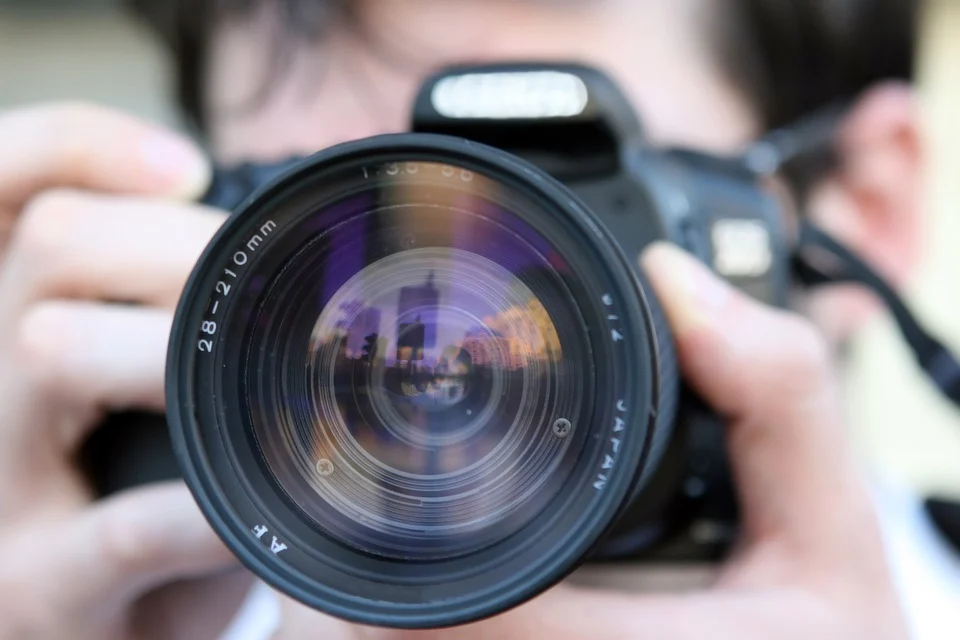Are you studying photography as a career, or do you want photography tips for beginners to take great pictures with friends? Well, whatever the reason, you must have figured out by now that photography can be a bit difficult. This is why today, we have gathered ten beginner tips to help you in your quest to better your photography skill.
Turn on the image stabilizer
When taking photos, it’s easy to shake the camera, which causes your images to overlap or blur. Image stabilization can be beneficial, especially if you do not use a camera tripod. Now what image stabilization does is accommodate any camera shake you may make while taking a photo. It is available through the lens on certain camera types, and for others, it is in the camera. The camera shakes, affecting images. It also occurs with cameras with slow shutter speeds. Suppose you have such a camera or are taking a photo in a location where there isn’t enough light to get a fast shutter speed. In that case, you should use image stabilization.
Learn the basics of composition
If you ever feel your images may be too dull or unappealing, you probably do not know the excellent composition. Composition is how you set up elements in your vision, and understanding it is essential to improving your photography. You control the picture and direct the viewer’s gaze to what you want them to see with the design. Of course, professional photographers may break or bend the rules a little and disregard composition in their image. But as a beginner, you should learn them. Speaking to https://dougashphotography.com/ they said this a common mistake most beginners miss
Do not disregard your background.
Many people starting with photography tend not to give much thought to their backgrounds. They direct all their attention to the subject and entirely neglect their environment. Some make little effort by possibly focusing the lenses on the subject and blurring the background. However, confusing the experience is not always enough. The location is just as necessary as the subject in your photograph. Not only do backgrounds set the stage for composition, but they also add a story to your photo or create room for interpretation.
Want to get a closer or better view? Zoom with your feet, not the lens
You may be asking, “What’s the difference?”. Well, first of all, you are certainly not the only one. Many beginners out there believe zooming in with the lens is the same. However, this is not the case. Rather than zooming, try getting a bit closer. Of course, it depends on the situation; you shouldn’t get too close or increase the visual distortion, so move in closer when appropriate.
Improve on your editing skills
Most beginners believe that photography ends when you take the shot, but that isn’t true at all. Taking the picture is simply a step to having a great photo, and it shouldn’t end there. You don’t need to have insane editing skills. Of course, if you want to produce excellent photographs, you should consider exceeding the basics. Editing your pictures gives you another chance to get it right and perfect the photo. Of course, this doesn’t mean you shouldn’t put in the effort when taking the shot.
Learn the histogram
Histograms are a visual representation of a photo’s fair values. It shows how exposed an image is. So, with histograms, you will be able to monitor the level of exposure in your photos and adjust your exposure settings to compensate for any errors if you are serious about getting into photography and improving the quality of your image. You should learn the histograms to help you capture more balanced photos.
Learn to use aperture priority mode
First, the aperture is the opening in a lens through which light passes. And every photography beginner must learn how and when to use it. The gateway for light in a lens controls the amount of exposure and allows you to adjust the field’s depth and the sharpness of a picture. So learn and experiment with aperture to improve your photography skills.
Experiment with ISO
We can’t mention shutter speeds and aperture without mentioning aperture—these three form what we call the photography exposure triangle. ISO affects the level of darkness or light in your images by controlling the amount of light that your camera lets in. So while taking photographs in low light, you can increase your ISO number to compensate.
Don’t be afraid to experiment.
Photography is art. You do not need to stick to the book all the time. Try a bit of experimentation. It could either be adjusting different settings or taking from different angles. This will help you develop your unique style and make you stand out.
Practice
Like all skills, the best way to learn and grow in photography is to keep practicing. You need to practice for the above tips to work best for you. You do not need to be afraid of making mistakes; everybody makes them, and the key is to learn from your mistakes

